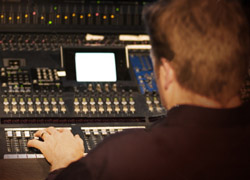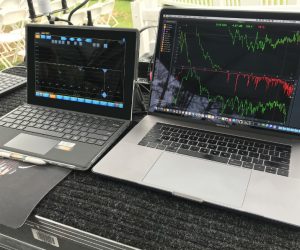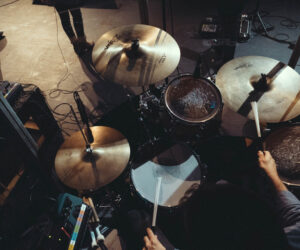The great “democratization” of audio which started the undoing of the traditional recording studio in the 1990s, has mushroomed into a thriving industry.
On the level of national releases, it seems that only a very rare few are recorded in a proper studio from beginning to end.
I’m sure that just about everyone involved with music has worked with an artist that has either done their entire recording project at home, or recorded at home for some “famous mixer dude” to over compress and polish later, or started the project at a proper studio, did all the overdubs and home and then sent the product to the famous mixer dude.
The bottom line is that the democratization of audio has changed the way people make records – even “live” records.
Often, bands find they perform best in live settings, so why not try to record those performances, cut together the best parts and have the basics completed for their next album?
During the 1970s, Frank Zappa used to travel with his own recording truck for this exact purpose. I’ve worked with a couple of bands that have put together ‘road rigs’ for this purpose, and have also worked on a couple of studio projects where the basic tracks were cut in this manner.
There are systems I’ve designed for some fairly major tours that introduced a whole new crew member – the kid that sits under the stage for $250 a week plus per diem, hitting “record” at the beginning of every song and making sure that everything is documented.
One system was a bit more complex (I think they paid that kid $350 a week), where he had to burn CDs of the show so the band could review its performance.
But, for the most part, this recording aspect of the live sound job falls squarely on the the shoulders of the existing crew, be it front of house engineer, monitor engineer, system tech or some combination thereof…
There are bar rooms with recording rigs that have the house engineer blending two audience mics with the direct output of house console.
The future is now with live recording, and here, I start a series focusing on things that live sound people can do to make their recordings a bit better in the face of new technology (and corporate style budget cutbacks).
Where It Starts
The first piece of equipment the sound from the stage “sees” are the microphones.




















